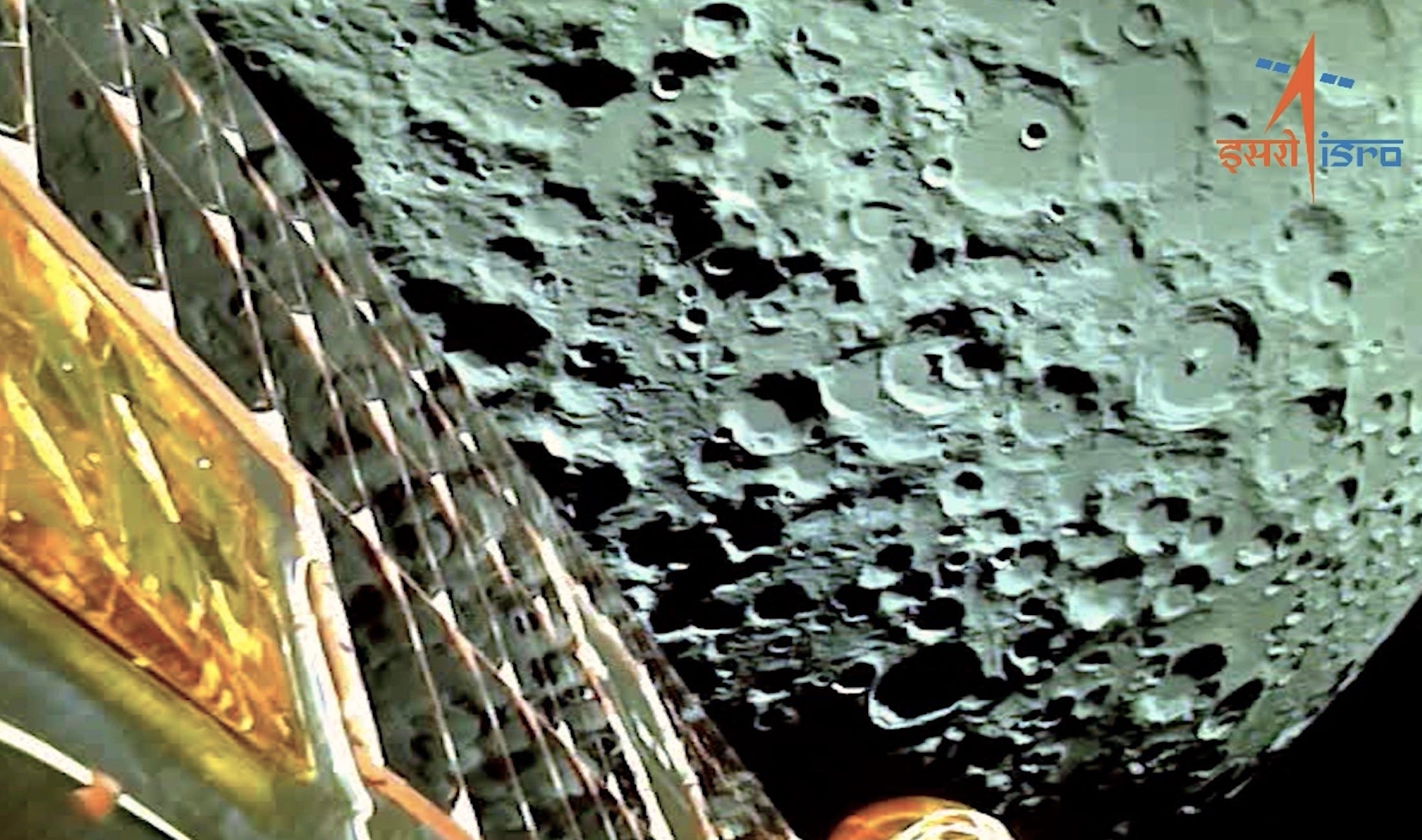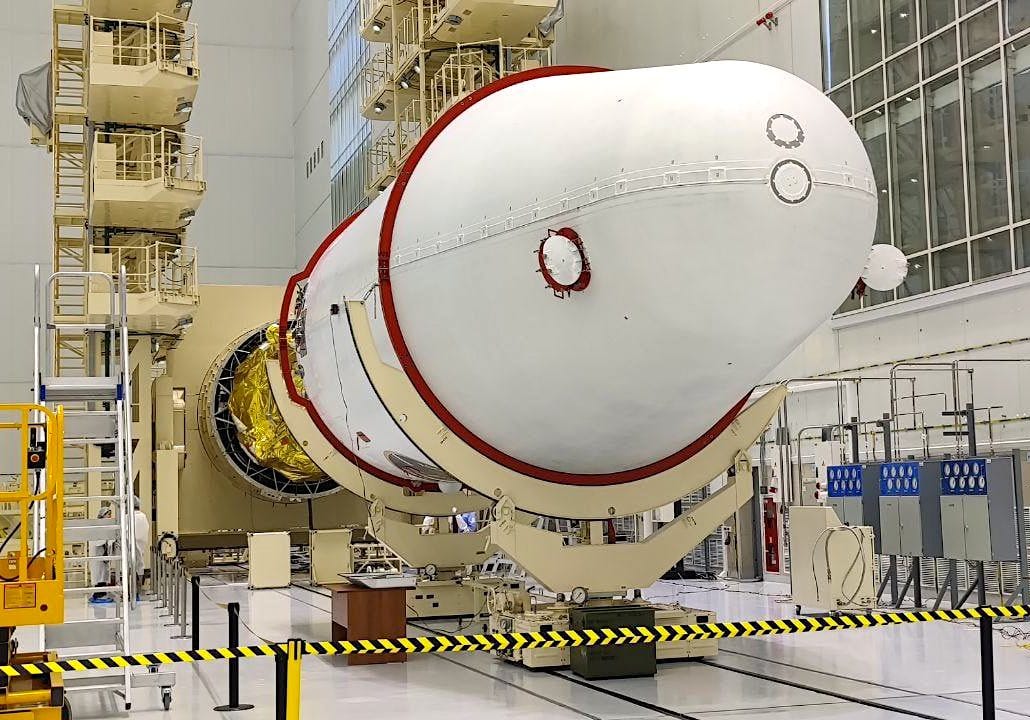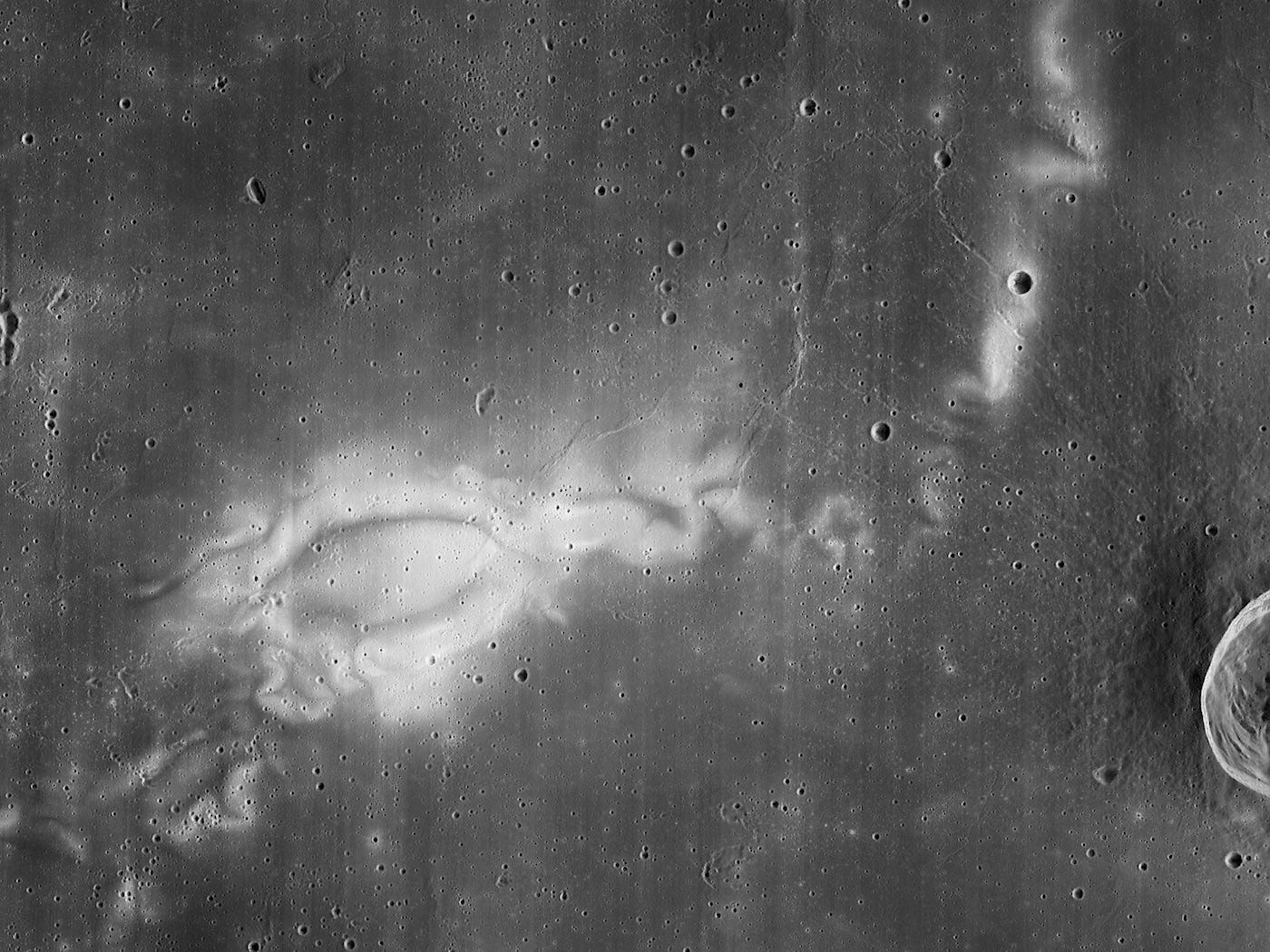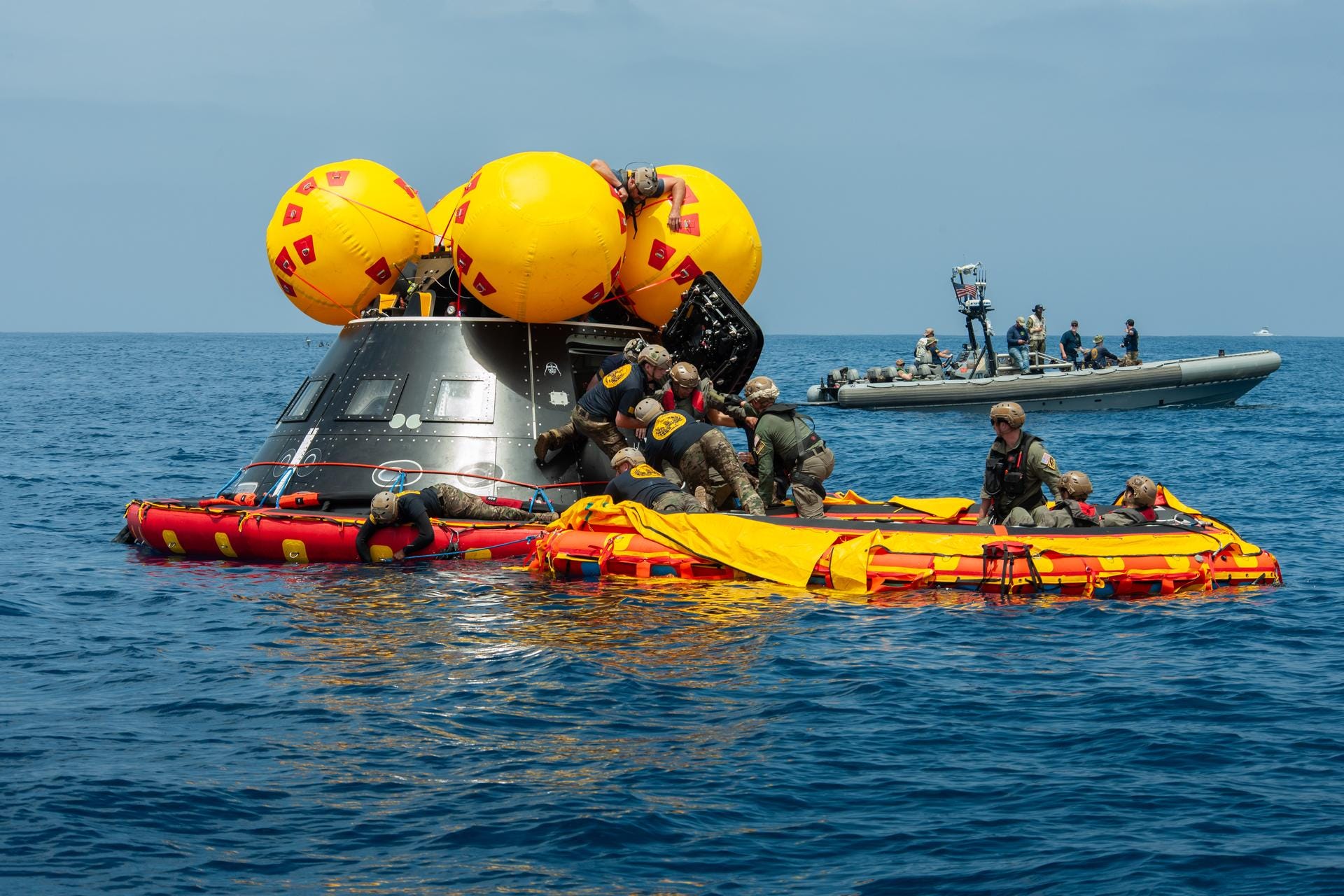Moon Monday #139: Updates on lunarbound Chandrayaan 3, Luna 25, KPLO, Artemis, Chang’e craft, and more!
Last week saw so many lunar developments from around the world that I got a bit too excited to write this Moon Monday edition! If you enjoy and appreciate my work to serve space communities with global lunar exploration updates, kindly consider sponsoring Moon Monday as an organization or individual to help sustain and flourish my flagship writing.
If you have feedback, the previously circulated form will close this Saturday, August 12 so fill it up if you haven’t. To the hundreds of you who have already provided feedback, thank you so much. I may not respond to everyone individually but be rest assured that I’ve read every line.
Chandrayaan 3 now Moonbound

India’s Chandrayaan 3 Mooncraft fired its engines for ~30 minutes on August 1 and put itself on a trajectory that intersects with Luna, thanks to its orbital parameters of 288 by 369,328 kilometers. A ~30-minute retro-firing on August 5, to decrease velocity and allow lunar gravity to substantially influence the craft, successfully put Chandrayaan 3 in orbit around our Moon at the intended 164 by 18,074 kilometers. This marks the third consecutive time ISRO has successfully put a spacecraft in lunar orbit, following Chandrayaan 1 and 2. Another retro-burn on August 6 decreased Chandrayaan 3’s apolune to 4313 kilometers. After a few more such orbital size reductions, Chandrayaan 3 will enter a 100-kilometer circular polar orbit on August 17 to then prepare for its autonomous landing attempt on August 23 targeting the near-polar location of 69.37 S, 32.35 E.
Related new post on my second space blog:
Luna 25’s Moonshot launch on August 11

Roscosmos encapsulated its 1750-kilogram Luna 25 Moon lander into a Soyuz 2.1b rocket’s Fregat upper stage as of August 4. It’s now being mated to the rest of the rocket. Roscosmos is targeting launching Luna 25 on August 11 from the Vostochny cosmodrome. Mark Trevelyan reports that Luna 25 would reach the Moon in five days, and then spend five to seven days in lunar orbit before descending near the Moon’s south pole. The schedule means that Luna 25 aims to land sometime in the August 21–23 timeframe, potentially landing before Chandrayaan 3 does. For launch, residents of a small village in Russia’s far east will be evacuated early morning to avoid the minuscule chance that the rocket’s boosters could fall there. Apparently, they will enjoy a free breakfast while viewing the launch.
Luna 25’s instruments include a robotic arm to sample material from 15 to 30 centimeters below the surface and then feed it to a laser spectrometer to determine elements and isotopes within. There’s also a neutron and gamma ray spectrometer to determine the composition of the subsurface. The mission’s primary landing site at 69.5°S, 43.5°E, while not truly polar due to engineering constraints, is selected such that subsurface water ice might still be detected.
A new look at Reiner Gamma from KPLO

South Korea celebrated the one year launch anniversary of its first lunar orbiter KPLO on August 5 with the release of new images of our Moon snapped by the craft. The pictures can be browsed in the mission’s updated gallery. It includes a view of the magnetic swirl of Reiner Gamma captured by the spacecraft’s unique wide-angle polarimetric camera PolCam, which determines the size and composition of surface materials based on how light reflects and scatters off of them.
While Reiner Gamma’s composition doesn’t differ from its surroundings, swirls like it clearly stand out by being brighter. Weak magnetic fields associated with swirls protecting the maturity of their soils from solar radiation alone isn’t enough to explain these features. Scientists have thus long expected polarization data to be particularly helpful to understand the brightness of swirls, especially since even Earth-based, low-resolution observations have found the density and particle size distribution of Reiner Gamma’s soil to be very different from its surroundings. At 41 meters/pixel, PolCam’s highest resolution views of Reiner Gamma thus far coupled with KPLO’s magnetometer data will be crucial in helping solve this mystery.
Of course, a surface mission aided by such data can explore Reiner Gamma in literal granular detail. And that’s exactly what will happen when Intuitive Machines’ third Moon lander part of NASA’s CLPS program lands in Reiner Gamma in 2024 to study it with the Lunar Vertex instrument suite of spectrometers and magnetometers.
Relatedly, NASA has been testing variants of the three shoebox-sized CADRE rovers to be deployed at Reiner Gamma by the aforementioned lander. The rovers will autonomously navigate the landed region to demonstrate collectively better mapping it than a single rover would. The rovers will have multistatic ground penetrating radars to create 3D images of the subsurface structure up to 10 meters deep.
Many thanks to Epsilon3, Jason Davis and Matt Ryall for sponsoring this week’s Moon Monday.
Artemis mission updates

- NASA and the US Department of Defense have begun the series sea recovery trials with representative variants of the Orion capsule, whose flight version will splashdown with four astronauts in the Pacific Ocean after going around the Moon as part of the Artemis II mission. Lessons learnt from Orion’s recovery during Artemis I last year is helping teams modify the procedures to ensure delivery of astronauts to the recovery ship within two hours of splashdown.
- NASA is extending suited manikin Campos’ original mission of recording acceleration and vibration throughout Artemis I to being a crash test dummy helping improve safety of astronauts during critical phases of future Artemis missions such as launch and atmospheric reentry. With accelerations up to 19g on a sledge, the tests will help improve suit, helmet, and seat designs for future missions. Campos will also be inside Artemis II’s Orion capsule during its upcoming launch vibration testing to get a better handle on what its four astronauts will experience during their ride to space on a SLS rocket.
- NASA has declared end of mission for the LunaH-Map CubeSat, which was launched as a rideshare on Artemis I. While the CubeSat was supposed to map hydrogen, an indicator of water ice, on the Moon’s south pole up to a meter below the surface in high resolution, LunaH-Map couldn’t enter lunar orbit due to a stuck valve in its propulsion system. LunaH-Map’s neutron spectrometer did demonstrate detecting neutrons from 1300 kilometers above the Moon during its flyby last year. In late 2022, the CubeSat demonstrated autonomous optical navigation too, an important ability for small satellites going ahead. A version of LunaH-Map’s neutron spectrometer will be part of the upcoming Lunar-VISE instrument suite onboard the to-be-selected NASA-funded CLPS lander, which will descend on one of the Gruithuisen Domes in 2026 to expand our knowledge of the Moon’s volcanic past.
More Chang’e lunar sampling
- China’s Chang’e 7 mission will consist of an orbiter and a lander, the latter of which will deploy a rover and a small flying probe to explore one of the few key identified landing regions on the Moon’s south pole. In much the same vein as the NASA VIPER and JAXA-ISRO LUPEX missions, the Chang’e 7 flying probe will host a drill to sample materials from permanently shadowed areas at different depths, Leonard David reports. A mechanical arm on the probe will feed the samples into a heating furnace for the onboard Lunar Water Molecular Analyzer (LWMA) to scan it for water ice and other volatile resources such as ammonia.
- China is inviting the international scientific community to solicit and study volcanic lunar samples brought to Earth by CNSA’s Chang’e 5 mission in December 2020. Relatedly, Ling Xin reported in May that after exchanging 1.5 grams of samples with Russia last year for Soviet Luna 16 ones, China gifted France 1.5 grams of Chang’e 5 samples in March owing to their decades-long space cooperation. Xin pointed out that several of the over 100 research groups across China have had international collaborators from the US, many European countries, Japan, and Australia.
More Moon
- Meet MoonDiff, NASA’s new citizen science project for people to help spot changes on the lunar surface by comparing images from the agency’s 2009-launched Lunar Reconnaissance Orbiter and the Lunar Orbiters from the 1960s.
- The hybrid Endurance Science Workshop from August 9-11 will explore and refine the potential science from the Endurance mission, which was proposed as the highest impact lunar mission in the latest Decadal Survey—a report produced every 10 years by the US scientific community to guide future NASA missions. Endurance involves a robotic rover traversing 2,000 kilometers across the Moon’s pristine South Pole-Aitken Basin to collect about 100 kilograms of samples to bring to Earth. Studying these samples will lend us revolutionary insights into the conditions on the young Moon and in the early Solar System shortly after Earth’s origin. Relatedly, at NASA’s Exploration Science Forum in July 2023, the agency announced that JPL is undertaking a formal study to refine the mission concept.
